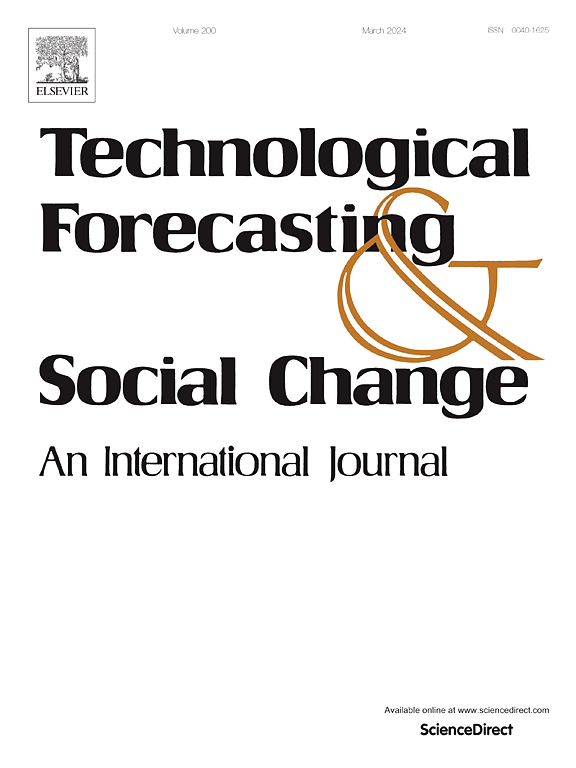Achieving inclusive digital development: A frugal strategy based on lessons from three West African smallholder agriculture value chains
IF 13.3
1区 管理学
Q1 BUSINESS
Technological Forecasting and Social Change
Pub Date : 2025-08-29
DOI:10.1016/j.techfore.2025.124287
引用次数: 0
Abstract
This article has two objectives. One is to examine mechanisms of inclusion and exclusion that arise despite the widespread diffusion of digital devices and supporting infrastructure. The second is to propose expanding the perspective on digital inclusion to consider users of digital technologies within their environment. Recognizing that innovation diffusion processes can exacerbate existing inequalities and/or create new ones, this study aims to assist researchers and practitioners in preventing potential negative impacts of digitalization. Using digital divides and digital inclusion frameworks, we examine three value chains in three West African countries using mixed methods. The findings reveal that communication networks and phones are increasingly available, yet traditional digital divides persist in all three value chains. Although the value chains share similarities in their challenges and opportunities, the needs of the actors involved vary. The discussion underscores two key points: first, the efficacy of digital solutions hinges upon their alignment with collective habits and capacities; and second, solutions should prioritize frugality, particularly when designing digital technologies for producers who have limited yet valuable digital skills. These insights highlight the importance of tailoring digital interventions to local contexts and use habits.
实现包容性数字发展:基于西非三个小农农业价值链经验的节俭战略
本文有两个目的。一是研究在数字设备和配套基础设施广泛普及的情况下出现的包容和排斥机制。二是建议扩大数字包容的视角,将数字技术的用户纳入其环境。鉴于创新扩散过程可能加剧和/或创造新的不平等,本研究旨在帮助研究人员和实践者预防数字化的潜在负面影响。利用数字鸿沟和数字包容框架,我们使用混合方法研究了三个西非国家的三条价值链。调查结果显示,通信网络和电话的可用性越来越高,但传统的数字鸿沟在所有三个价值链中仍然存在。尽管价值链面临的挑战和机遇有相似之处,但参与者的需求各不相同。讨论强调了两个关键点:首先,数字解决方案的有效性取决于它们与集体习惯和能力的一致性;其次,解决方案应优先考虑节俭,特别是在为数字技能有限但有价值的生产者设计数字技术时。这些见解强调了根据当地情况和使用习惯定制数字干预措施的重要性。
本文章由计算机程序翻译,如有差异,请以英文原文为准。
求助全文
约1分钟内获得全文
求助全文
来源期刊
CiteScore
21.30
自引率
10.80%
发文量
813
期刊介绍:
Technological Forecasting and Social Change is a prominent platform for individuals engaged in the methodology and application of technological forecasting and future studies as planning tools, exploring the interconnectedness of social, environmental, and technological factors.
In addition to serving as a key forum for these discussions, we offer numerous benefits for authors, including complimentary PDFs, a generous copyright policy, exclusive discounts on Elsevier publications, and more.

 求助内容:
求助内容: 应助结果提醒方式:
应助结果提醒方式:


